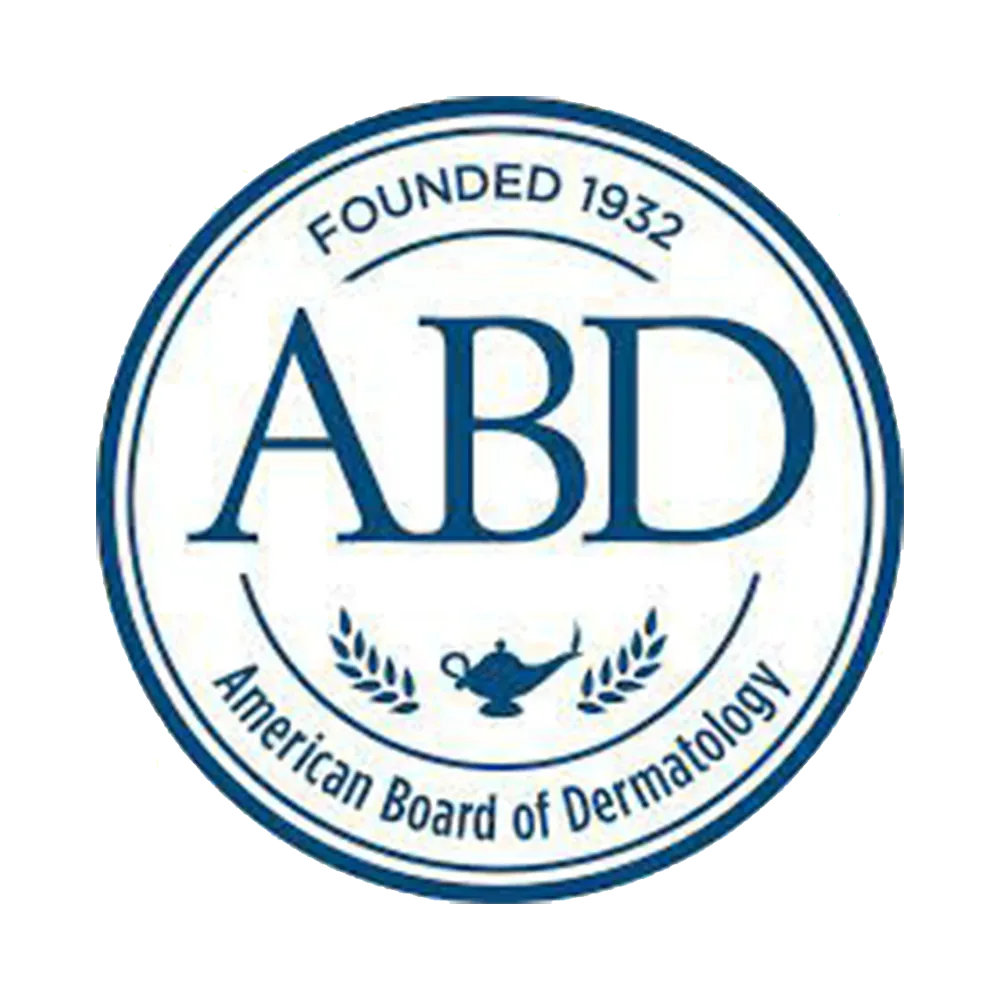Dark Spots
Unveiling the Mystery of Dark Spots
A Comprehensive Insight
In the realm of skin health, the appearance of dark spots often spark curiosity and concern. The discoloration on the skin can pose cosmetic challenges and impact self-confidence. However, understanding the nature and causes of these dark spot can be a significant first step in addressing them.
Spots, clinically known as hyperpigmentation, are areas where the skin produces more melanin, the pigment that gives skin its color. These spots are typically harmless and can be triggered by a myriad of factors, the most prominent being sun exposure. Other causes include hormonal changes, injury, inflammation, certain medications, and underlying medical conditions.
Depending on the depth of the excessive melanin deposit in the skin, these can appear in different colors: black, brown, or even blue-gray. The most common types of hyperpigmentation include solar lentigines (also known as sunspots or liver spots), melasma, and post-inflammatory hyperpigmentation (PIH).
While prevention is the best course of action – think broad-spectrum sunscreen, wide-brimmed hats, and seeking shade – there are also various treatments available for existing spots. Over-the-counter products containing active ingredients like hydroquinone, retinoids, vitamin C, and glycolic acid can be effective. If these aren’t sufficient, a dermatologist may recommend other treatments, such as laser therapy, chemical peels, or microdermabrasion.
Remember, any changes in your skin are worth discussing with a healthcare professional, especially if they’re rapid or accompanied by other symptoms. As with many health concerns, early detection and treatment can make a significant difference.
The journey to a more confident you starts with one decision. That is the decision to get treated, why wait Book Online today? If you’re on the fence or have questions brewing, remember: We at Sullivan Dermatology are always here to help
Videos
Dark Spots
Freckles are small, flat, brown spots that typically appear on sun-exposed skin. They are a common skin condition and are harmless. They can appear anywhere on the body, but they are most found on the face, arms, and shoulders. Freckles on the lip are also quite common. Some people may seek freckle removal for cosmetic reasons, but it’s important to remember that freckles are natural and not harmful.
Freckles are small, tan, brown, or black spots that tend to appear in clusters. They are flat and do not have any texture, and their color may deepen with sun exposure. Freckles on the lip may be more noticeable due to the contrast with the natural lip color. Freckle removal can be considered if a person feels self-conscious about their appearance, but it is not medically necessary.
Freckles are caused by an increase in the production of melanin, the pigment that gives skin its color. Exposure to the sun’s ultraviolet (UV) rays stimulates melanin production, which can cause freckles to form or become darker. Freckles on the lip can be more common due to the thinness of the skin in this area and the lack of protective hair. Genetic factors also play a role in the formation of freckles, as they tend to run in families.
There are many myths surrounding freckles. One such myth is that freckles are a sign of skin damage. While sun exposure can cause freckles, not all freckles are a sign of harm or skin disease. They are usually harmless and don’t necessarily indicate skin damage. Another myth is that freckle removal is a necessary process for those with freckles. The truth is freckle removal is entirely optional and usually pursued for cosmetic reasons.
FAQs About Dark Spots
Dark spots, or hyperpigmentation, are areas of the skin where more melanin (skin pigment) is produced, resulting in a darker color than the surrounding skin.
Dark spots can be triggered by various factors including sun exposure, hormonal changes, skin injuries, inflammation, certain medications, and some medical conditions.
Yes, the best prevention for dark spots is sun protection, including broad-spectrum sunscreen, wide-brimmed hats, and avoiding the sun during peak hours.
Dark spots can be treated with over-the-counter products containing active ingredients such as hydroquinone, retinoids, vitamin C, and glycolic acid. If these aren't effective, dermatologists may recommend laser therapy, chemical peels, or microdermabrasion.
While most dark spots are harmless, some skin cancers can appear as dark spots. It's important to have any new or changing skin spots evaluated by a healthcare professional.
Not necessarily. Many dark spots can fade over time with treatment and sun protection. However, some forms of hyperpigmentation can be more stubborn to treat.
Yes, individuals with darker skin types are more prone to hyperpigmentation. Also, individuals who spend more time in the sun or have hormonal changes may be more susceptible.
While there's no specific diet to prevent or treat dark spots, a healthy diet rich in antioxidants can support overall skin health.
If a dark spot is rapidly changing, has an irregular border, multiple colors, is itchy or bleeds, it should be evaluated by a healthcare professional. These could be signs of skin cancer.
While some dark spots can be lightened to match the surrounding skin, results can vary based on the depth of the pigment and the cause of the dark spot.







